Is the highly touted concept of a fully integrated blockchain gaming system really feasible?
Is a fully integrated blockchain gaming system feasible?Despite the promises of “decentralization” and “trustless ownership,” the majority of cryptocurrency games today are at most “partially decentralized.” Web3 is a branding package, but in reality, most are still “Web2+.” While game assets exist on the blockchain, the game logic, state, and storage still reside on centralized servers off-chain.
Why? Simply put, building a fully decentralized game on-chain is not easy. The reason is that blockchain is still far too slow in 2023 to handle the massive transaction volumes required for video games. Ludens, CEO of Lattice, told Cointelegraph magazine:
Building a game entirely on-chain right now is a bit like building a video game on a computer from the 1980s. We don’t have complex fully on-chain games yet because blockchain—even Layer 2—is currently not powerful enough.
In addition, developers must make significant trade-offs when using blockchain technology to make games accessible to a broader non-crypto audience.
- Interview with Animoca’s Director of Investment Where is the next wave of application scenarios for NFT?
- Performance art or hidden motives? Bold speculation on the reasons and identity behind the consecutive burning of significant assets by nd4.eth.
- LianGuai Daily|The Federal Reserve launches a new plan to regulate banks’ cryptocurrency activities; Founder of MakerDAO proposes to change the maximum value of EDSR to 5%.
For example, the developers of Aurory created a hybrid inventory system called SyncsLianGuaice, which allows players to keep their assets in Aurory’s custody but transfer them to their Solana wallet if desired.
Julien Pellet, Director of Infrastructure Technology at Aurory, told the magazine: “SyncsLianGuaice is Aurory’s user experience strategy. Not every player wants to deal with the complexity of crypto wallets. We attract more non-native Web2 players by building SyncsLianGuaice and allowing certain assets to exist off-chain, and that’s a trade-off we’re willing to accept.”
However, there is a passionate decentralized community interested in complete on-chain “autonomous worlds” built from scratch by players. A group of people even adapted a game and formed a communist collective where everyone “wins” the same amount.
These autonomous worlds face many obstacles, but considering their limitations, the early results are impressive.
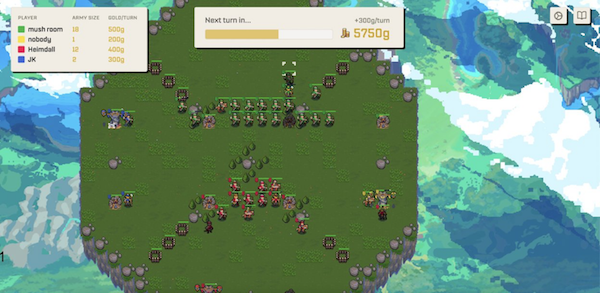
The Origin of Web3 Games
Web3 games are striving to address additional issues brought about by the brief history of the emerging field. In the previous crypto bull market cycle, most blockchain games attempted to become financial products first and video games second.
This strategy helped drive the play-to-earn gaming sector briefly into the mainstream as token prices rose. Unfortunately, if the attraction is built on providing financial returns, enthusiasm can quickly disappear when token prices crash.
Games like Axie Infinity, Pegaxy, or Crabada, which once promised huge returns for players, have now fallen off a cliff. For Axie, its unique active wallet count reached around 700,000 in November 2021, but a more common number now is between 80,000 to 100,000 per day. The Metaverse Index (MVI) token, which tracks a basket of major gaming and metaverse tokens, has dropped 95.6% from its all-time high in November 2021.
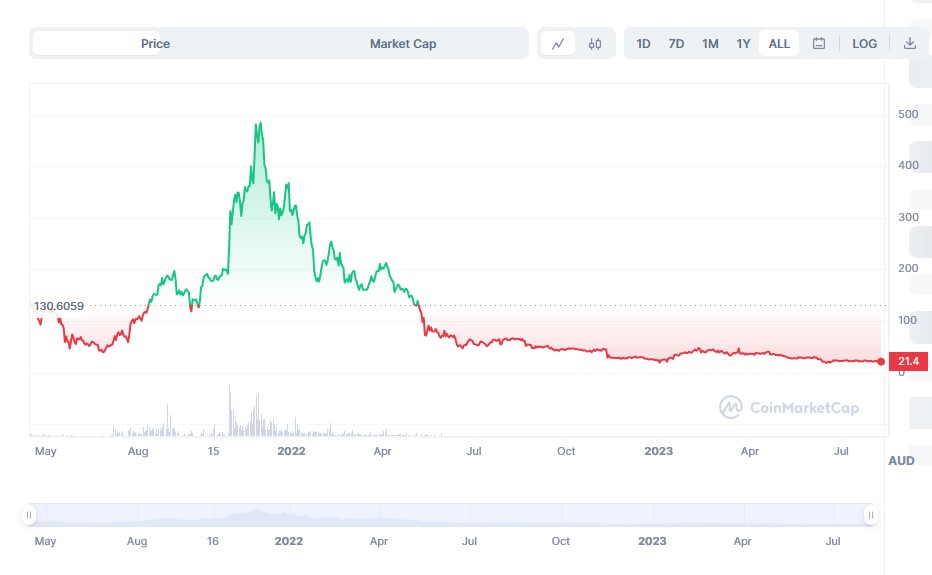
In response, Web3 games are now abandoning the “play to earn” slogan that helped the industry rise to prominence, and instead embracing phrases like “play and earn” or “play and own”, reducing the emphasis on profits and focusing more on the benefits of game asset ownership or simply highlighting the fun of the game.
Jonathan Tang, the backend technical director of Aurory, told the magazine, “The core focus of a game should be leisure and entertainment, not providing financial returns. As Web3 game developers, our task is to think about how to leverage blockchain technology and what it brings while prioritizing the fun of the game.” Some people believe that the excessive emphasis on financial returns has damaged the industry’s image, partially due to the influx of scammers.
Pellet added, “The previous bull market attracted scammers who had various well-designed strategies, such as cloning websites and fake projects, to embezzle millions of dollars from legitimate players and teams. These scams are much more difficult to implement in Web2 games.”
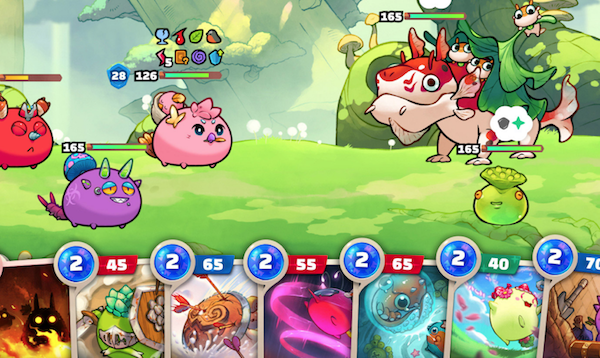
Entering the World of Full-Chain Games
Encouragingly, a small community interested in building a self-governing world is working to bring on-chain minimalism to blockchain games.
Compared to their Web2.5 counterparts, full-chain games have their assets, game logic, state, and storage all on-chain. Game state refers to the current state of the game world, such as a player’s progress and owned items, while game logic simply refers to the game rules – how players move, interact, collect, and consume.
Why put everything on-chain? This ensures that the game state remains immutable and transparent on the blockchain. But most importantly, it opens the door to the possibility of open composability, similar to what is possible in DeFi, and allows aggregators like 1inch Network to build on top of protocols like Uniswap or Curve, integrate with Synthetix, and enable cross-asset swapping.
Composability allows anyone to build second-layer rules on top of the game’s original rules. In full-chain games, these second-layer rules exist as smart contracts on top of the core game developers’ original smart contracts. They are experienced by all players in the game, unlike third-party mods in traditional games that only change the player’s local gaming experience.
Collective Action
For example, Dark Forest, an on-chain RPG game created by anonymous creator Gubsheep on the Gnosis chain in 2019, saw players create their own DAO (DFDAO) through an external smart contract, establishing an unauthorized guild system. Through the guild system, smaller players were able to overcome collective action problems in competition with larger whale players by pooling their own game resources.
As DFDAO said in its blog:
“Someone needs to defeat orden_gg. Orden_gg has won twice in a row and currently sits at the top of the leaderboard. If we unite for collective victory, we can together defeat the unofficial team boss of Dark Forest.”
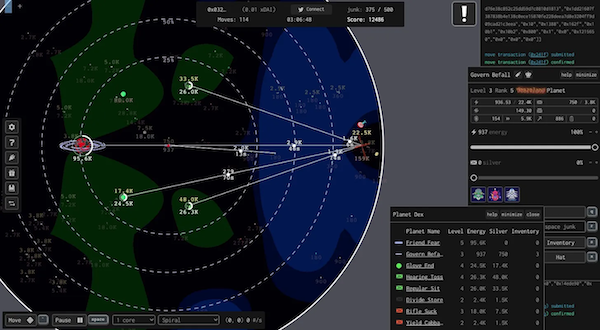
DFDAO co-founder toe knee told the magazine: “The Cosmic Giants (guild) is a small game on top of the DF contract, but in the eyes of the DF core contract, it is just another player. It is not an EOA account like others, but a smart contract with custom logic, which shapes its behavior differently. This contract is not upgradable and has been verified, so players can confirm that we cannot change the rules or retain planets after they donate them.”
Players of Dark Forest have also created their own in-game market or even forked the game to different chains/layer 2 – Gnosis/Optimism. The new game – Dark Forest Arena – introduces new game modes that were previously unavailable.
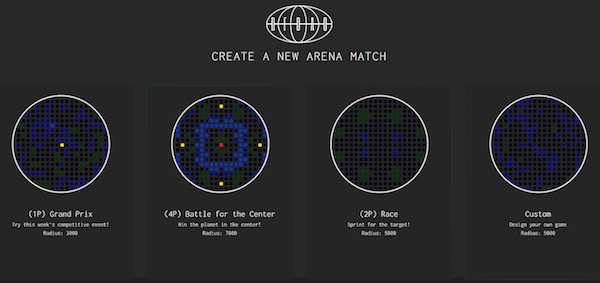
Communist Takeover
Or take another whole-chain game, OPCraft, which is a Minecraft-style experiment built by the Lattice team on Optimism. A few weeks after the game was launched, a player named SupremeLeaderOP created a “communist society” where any player who chooses to join the guild would give up all their resources and share them with every other player in the society.
These rules are not social commitments between players. They are binding and tied to on-chain smart contracts.
SupremeLeaderOP cannot retract his commitment to the players or bend the rules of his communist guild, even if he wanted to. Some players see the guild as a quirky and fun experiment and immediately pledge allegiance to the communist republic, in the process giving up all their in-game resources in exchange for collective finances to enter the guild. As recorded in the Lattice blog:
“Once players become comrades, they are able to mine materials for the government treasury and use treasury materials to build on government-owned land through smart contracts deployed by the Supreme Leader! This republic even has a ‘social credit’ system that prevents lazy comrades from spending more treasury materials than they contribute. Lazy comrades are not allowed to build again until they ‘repair their social credit’ by contributing labor.”

In whole-chain games, players can achieve innovative changes without waiting for core developers to introduce updates through centralized patches. This is a level of bottom-up spontaneous creative expression that goes far beyond our traditional thinking of video games. However, in the Web2 world, experimenting with custom game mods eventually gave birth to billion-dollar franchises such as Dota and Counter-Strike. Dota was first created as a mod without permission on Blizzard’s game “Warcraft III,” while Counter-Strike originated as a mod of Valve’s game “Half-Life.”
At present, the development of full-chain games is still in its infancy, and the builders of this space still refer to full-chain games in very different ways. The common label for this autonomous world was created by Lattice Labs, but other builders refer to this concept as eternal games, infinite games, or on-chain realty.
Although the terms are different, the common denominator behind these games is the hard-coded permanence on the blockchain. Just as smart contracts and tokens will exist on the chain forever, full-chain games remain completely uncensored and vibrant even after the game studio abandons them.
So, what’s the cost? Most current encrypted full-chain games are similar to early turn-based board games, with simple game loops like Space Invaders and Pac-Man.
Various limitations
When creating the on-chain racing game Rhauscau, creator Stokarz told the magazine that due to cost limitations, he had to make many necessary trade-offs in the game design.
“Most full-chain games follow traditional board game design and minimal game logic because executing it on-chain is very cost-effective. At the smart contract level, it’s a one-dimensional gameplay, and the agent simply changes the positioning of the gameplay.”
Although Rhauscau is deployed on the Arbitrum Nova, a Layer 2 solution with throughput speeds far exceeding those of the Ethereum mainnet, the game is still limited to simple game loops that last a maximum of 5 minutes.
Stokarz added, “The first trade-off in the game design of Rhauscau is that it has to focus on a simple game loop. A game that is too complex means more transaction speed, which would make it too costly for users. It’s a bit like the early mobile game Cut the Rope.”
Partially decentralized Web2.5 games do not face the same trade-offs as full-chain games, as the only cryptographic aspect in their games is assets in the form of NFTs. However, they make important sacrifices in another aspect: the open composability of games.
The future of full-chain games
No one denies that full-chain games face an uphill battle, and scalability is not the only issue.
Ludens emphasizes that the immature state of full-chain games is also due to a lack of a coherent set of blockchain game design principles among game designers. “Game designers should make more efforts to explore the full value of the blockchain ledger in game design.”
But the blockchain and software infrastructure are also a problem.
“In old video games, we first saw simple text adventure games. As computers became faster, FPS games like Doom emerged. When computing power on the blockchain becomes stronger, it will further increase what we can do in game design.”

“Obviously, improving the throughput of the chain infrastructure would greatly help expand the entire chain game. It will allow the game state to be sharded and executed on multiple chains simultaneously.”
On the software side, he wonders what game engines like Lattice’s MUD will look like in a few years.
“As we continue to progress, can MUD write powerful enough applications?”
Today’s video game market is dominated by game engines like Unreal and Unity. Commercial game engines like Unreal didn’t appear until 1998, after decades of experimentation. Today, they provide a software framework for game developers to create games more efficiently and with lower technical complexity.
MUD aims to achieve similar goals for blockchain game developers. The software stack simplifies the task of building EVM applications using various development tools like on-chain databases.
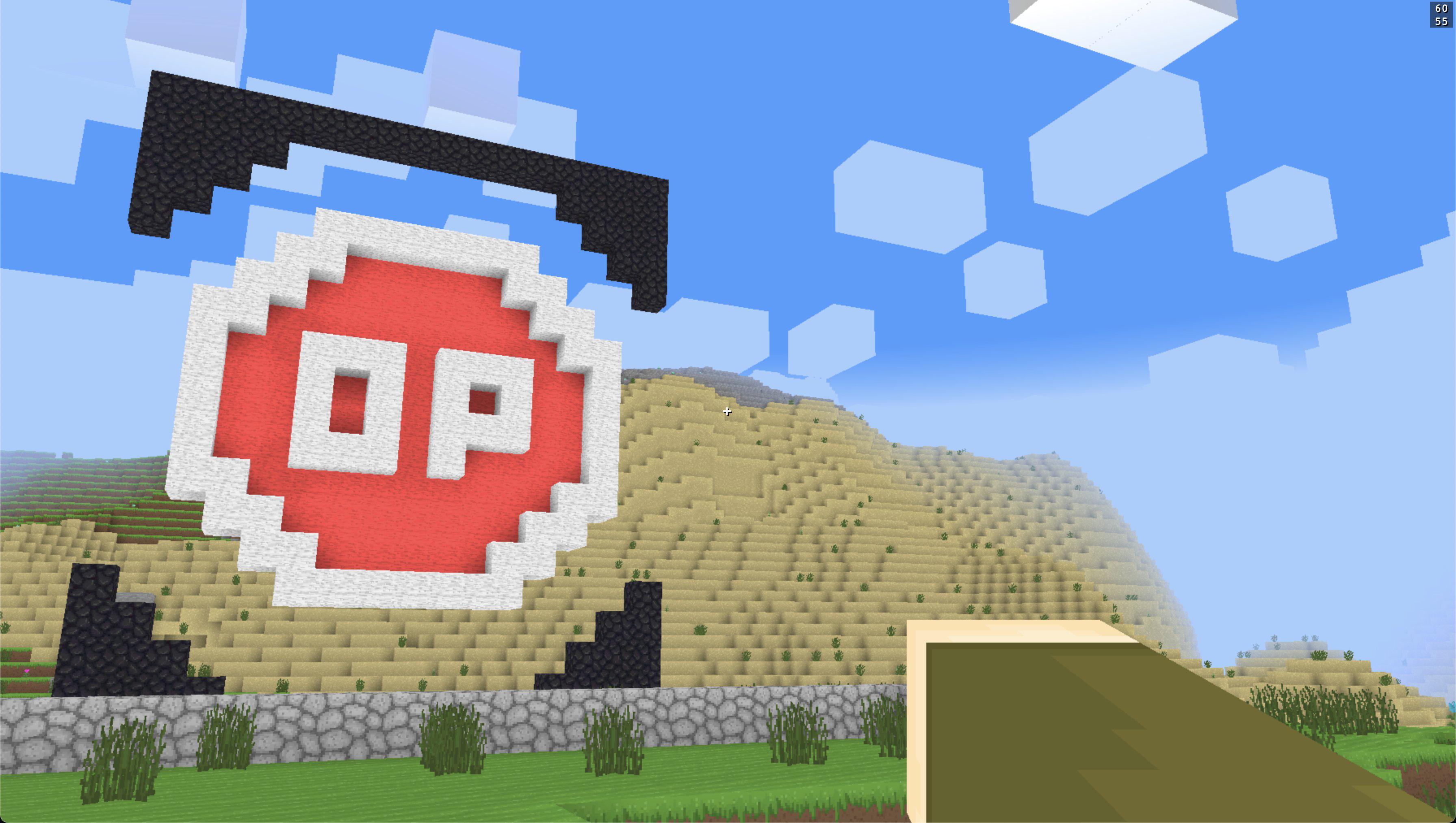
Whole-chain Games and ZK Rollups
Ethereum’s roadmap is built on the foundation of scalability achieved through ZK Rollups, and various Layer 2 solutions offer significant opportunities for game designers to utilize faster and cheaper transactions. The zero-knowledge proofs on the native architecture of Starknet make it more likely to scale a whole-chain game, a view held by a small group of builders on Starknet.
Cartridge is building its own game engine Dojo and development tools for other Starknet game developers. Its founder, Tarrance van As, believes that Starknet is the only blockchain that has the potential to scale to tens of thousands of users.
“With Dojo, game developers can leverage the foundational capabilities of this framework because everything here can be proven,” he told the magazine.
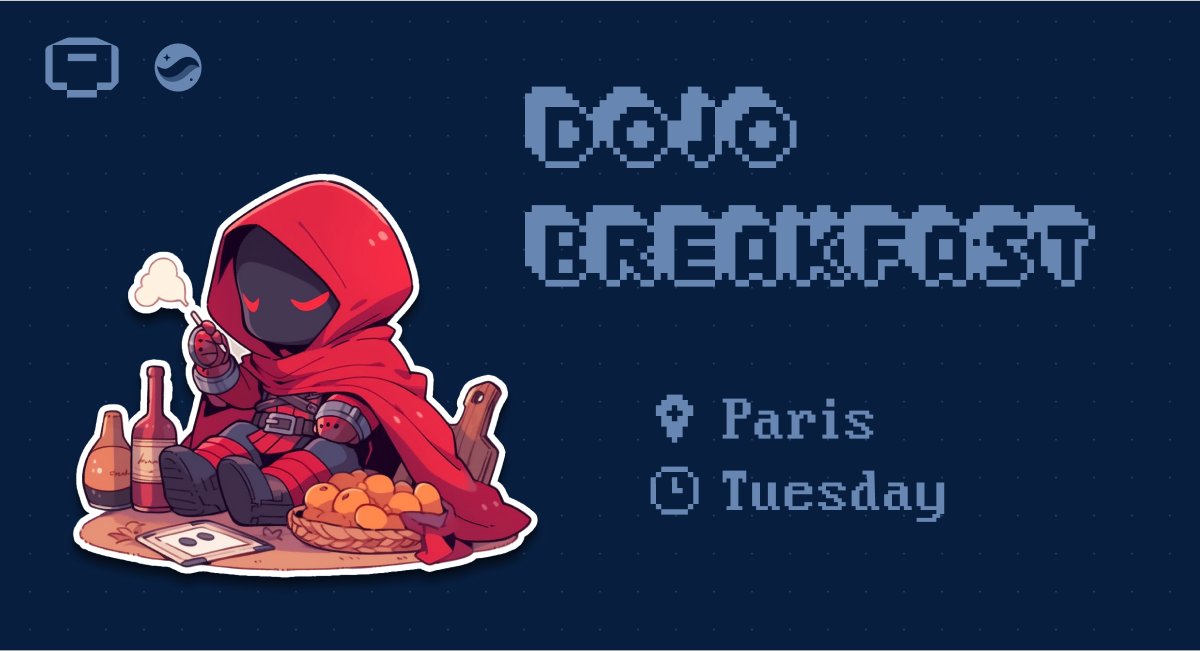
“In the future, your game won’t even be a Layer 2, but a Layer 3 or Layer 4 built on top of Starknet.” He mentioned that custom blockchain environments are designed for specific types of applications, building another layer on top of Layer 2. But he added that ZK proofs can even be generated on the local PC running the game.
With ZK proofs, you can even compute the logic on the client itself. It is even possible to run the game on a local device and simply provide proof that it is correctly completed, thanks to the mathematical integrity of ZK technology.
Van As sees tremendous opportunities and believes that in the coming years, whole-chain games will drive better evolution of blockchain, rather than traditional AAA games.
“Whole-chain games free themselves from the limitations of traditional game publishers, such as financial support, development cycles, and their closed nature. They are more like Ethereum, in a sense, evolving from a spontaneous, bottom-up culture.”
Original Author: @donovanchoy, BanklessDAO Researcher
Translated to the Chinese community by @hicaptainz
We will continue to update Blocking; if you have any questions or suggestions, please contact us!
Was this article helpful?
93 out of 132 found this helpful
Related articles
- In-depth Research Can Algorand, a public chain focusing on developer and marketing, stage a comeback?
- Leading Ethereum-based project ETHS launches virtual machine, innovation seems to return to its origins.
- EigenLayer in-depth research report Ethereum’s middleware protocol leading the narrative of re-staking
- LianGuai Observation | All In Imports Elements of the Coin Circle, Coin with the Same Name Rides on the Heat
- The Success Story Behind the Explosion of TG Bots A Successful Tale of On-Chain Marketing and Grassroots Counterattack
- Will going online mean the end? BALD plummets a thousand times, what is the future of Base public chain?
- The hype of room-temperature superconductor triggers the meme token craze of LK-99 Innovation or cutting-edge?




